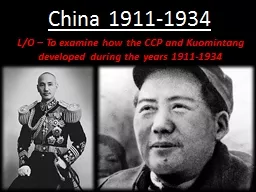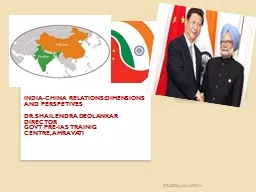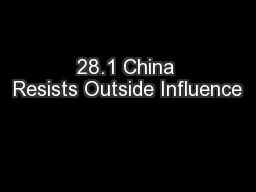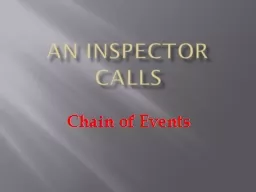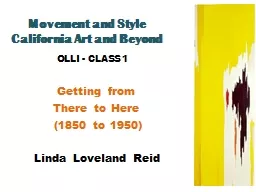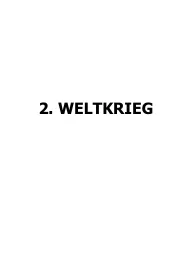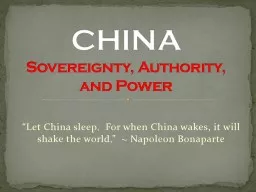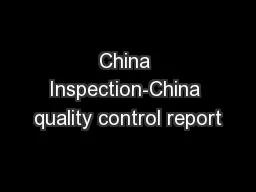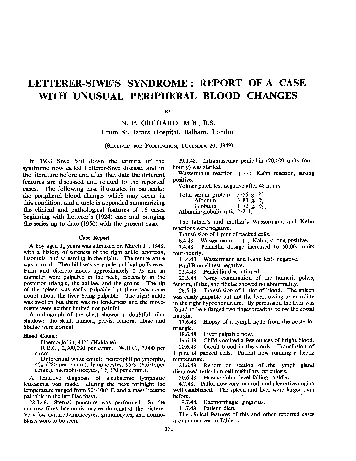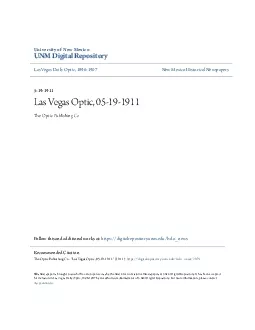PPT-China 1911-1934
Author : mitsue-stanley | Published Date : 2016-08-10
LO To examine how the CCP and Kuomintang developed during the years 19111934 The Decline of the Qing Dynasty In medieval times China had been an advanced civilisation
Presentation Embed Code
Download Presentation
Download Presentation The PPT/PDF document "China 1911-1934" is the property of its rightful owner. Permission is granted to download and print the materials on this website for personal, non-commercial use only, and to display it on your personal computer provided you do not modify the materials and that you retain all copyright notices contained in the materials. By downloading content from our website, you accept the terms of this agreement.
China 1911-1934: Transcript
Download Rules Of Document
"China 1911-1934"The content belongs to its owner. You may download and print it for personal use, without modification, and keep all copyright notices. By downloading, you agree to these terms.
Related Documents

